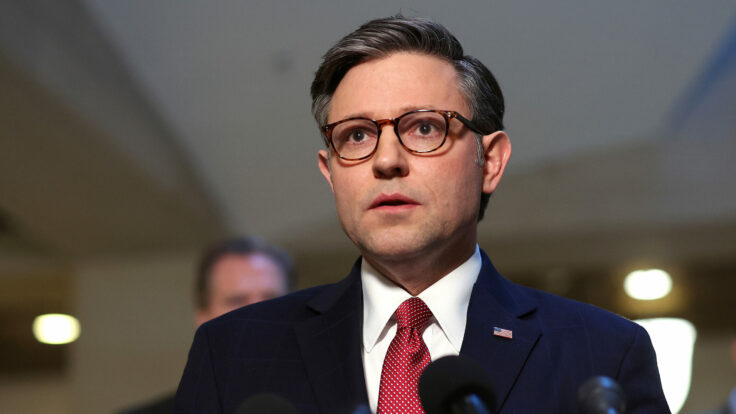The last time Donald Trump gave a speech that truly roused his supporters was on January 6th, 2021. As he stood behind a wall of bulletproof glass in front of tens of thousands of roaring MAGA fans at the Stop The Steal rally, he hit all of the talking points that had compelled them to attend: attacking the “fake news media,” claiming that “big tech” had rigged the election, vowing never to concede the election, and encouraging the crowd to march on the Capitol. “I know that everyone here will soon be marching over to the Capitol building to peacefully and patriotically make your voices heard,” he told them. And then, seemingly ignoring the “peaceful” part, those fans ran into the Capitol, smashed property, beat up cops, threatened to kill Mike Pence, and smeared feces on the walls, refusing to leave even as Trump sent several tweets asking them to do so. It took the National Guard, as well as a reportedly strenuous effort behind the scenes to convince Trump to tape a video statement, to disperse the crowd.
Regardless of whether Trump could be held responsible for inciting a mob, it’s a perfect metaphor for Trump’s current grasp, or lack thereof, of the dynamics between the MAGA movement and the G.O.P. Over the last several months, Trump has endorsed dozens of candidates for state and local midterm elections in order to flex his continued power within the party. Some of the candidates, like J.D. Vance in Ohio, appeared to benefit massively from his support. In other races, his picks were too far outside the scope of mainstream acceptability: Janice McGeachin, the lieutenant governor of Idaho who’s uncomfortably chummy with the states’ white nationalists groups, lost by a staggering 20.4 points to the sane-by-comparison incumbent Brad Little. Rep. Madison Cawthorn, whose MAGA fluency was overwhelmed by a litany of tabloid-level problems, also went down to an establishment alternative.

















